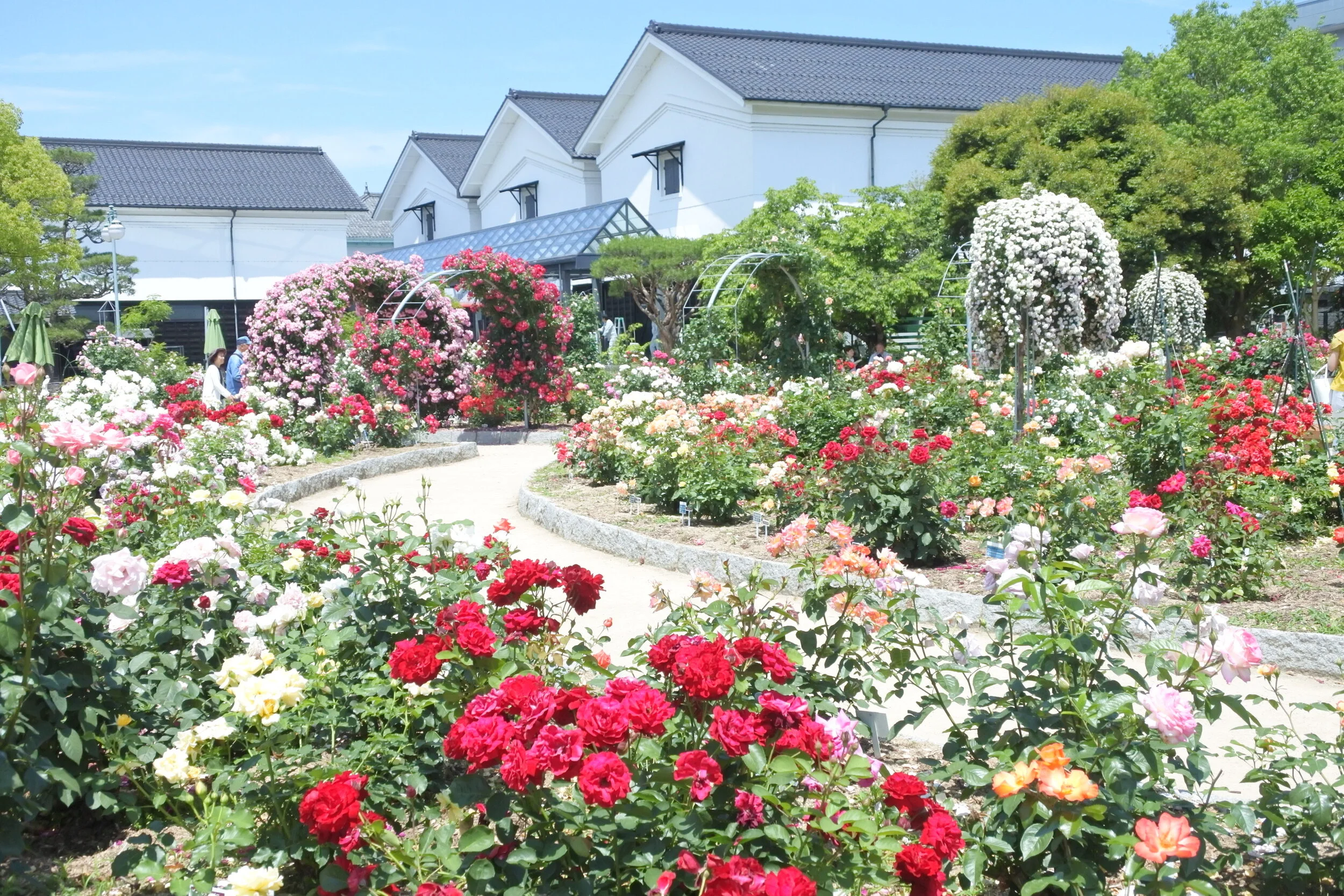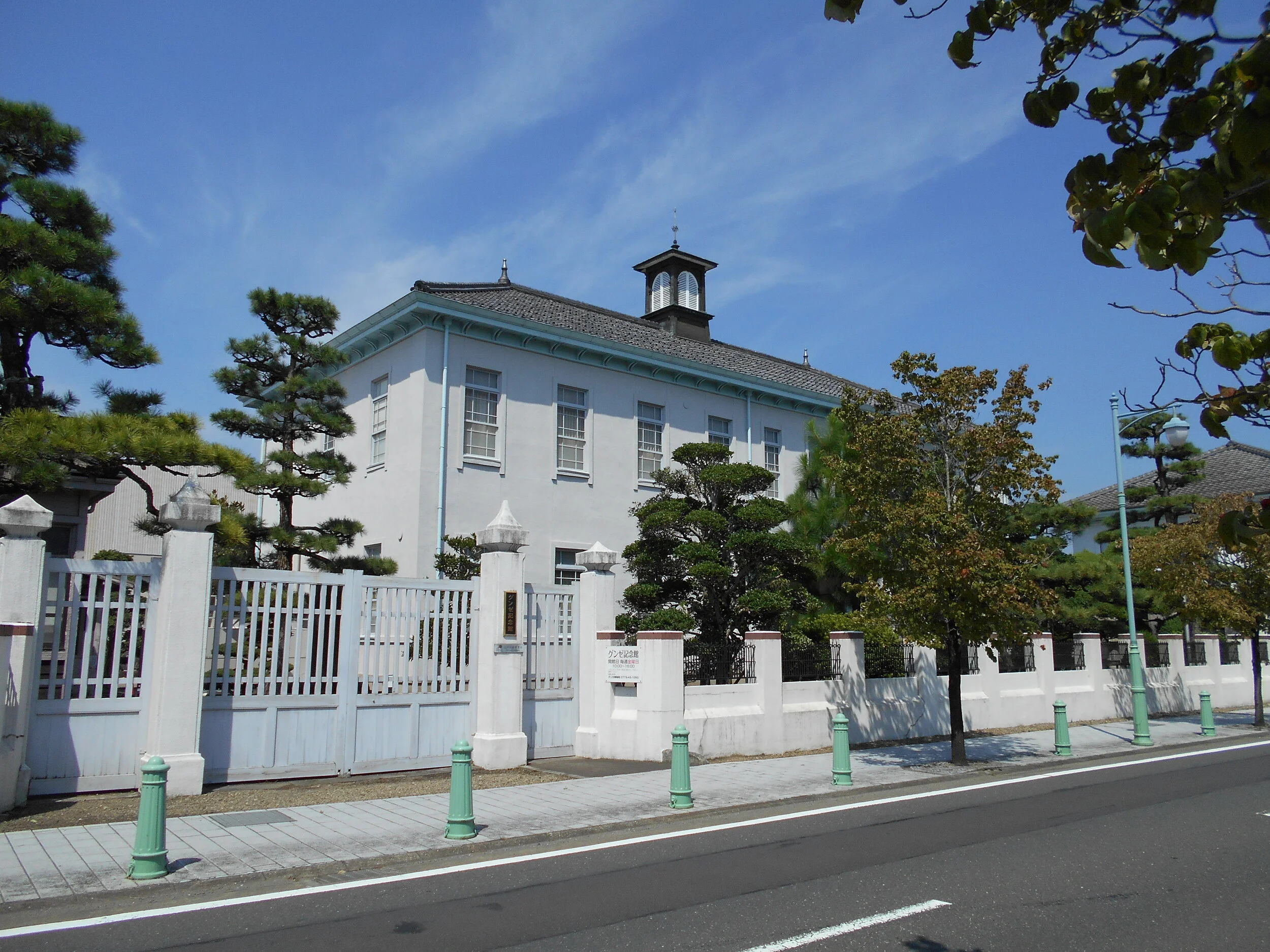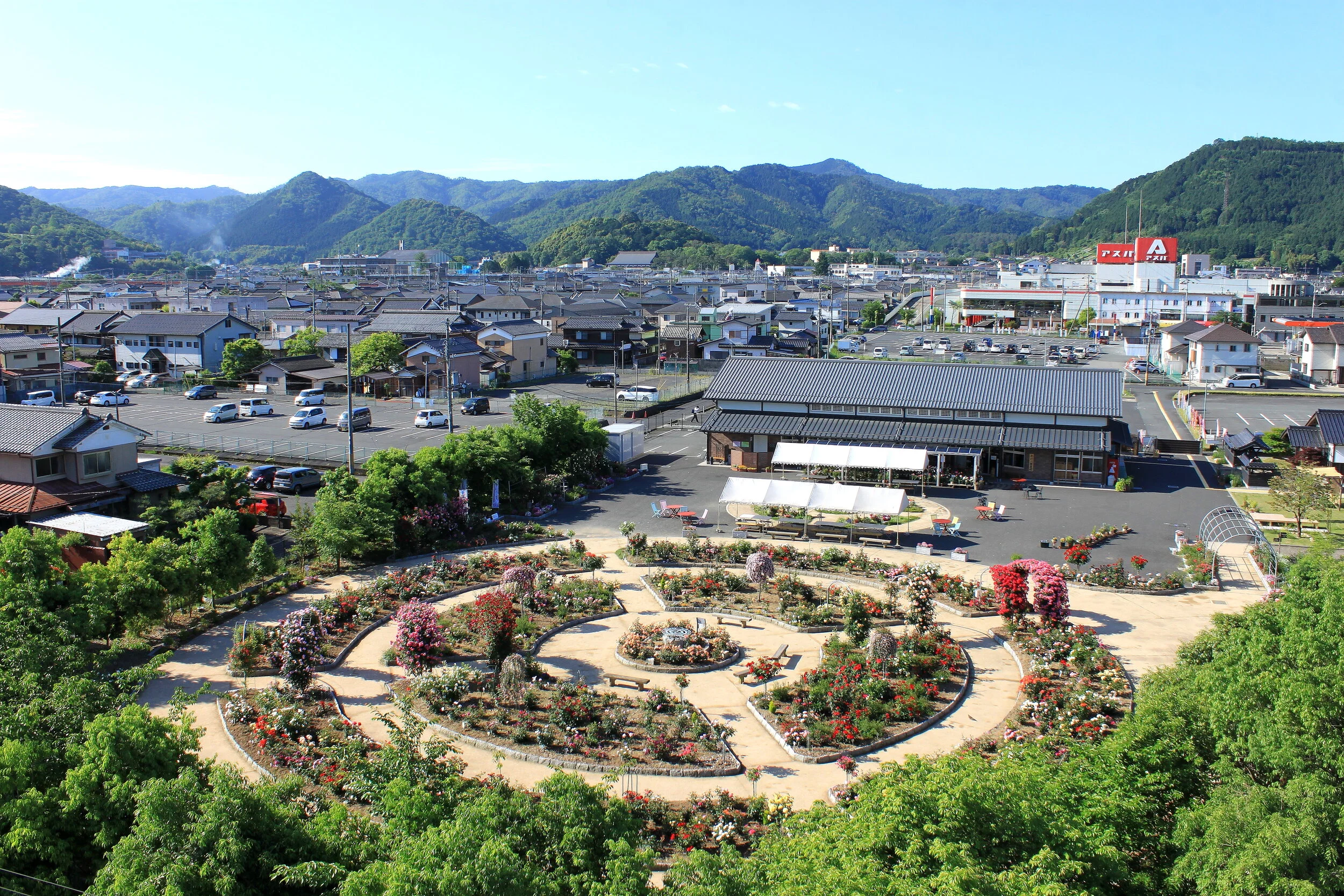Gunze Silk Production in the Modern Era (1868-1945)
Japanese clothing brand Gunze began as a raw silk manufacturer in Ikaruga, present-day Ayabe, Kyoto Prefecture, in 1896. At the time, Japan was in the midst of rapid industrial growth and modernization spurred by the new Meiji government, and raw silk was a valuable export for the newly opened country. However, Japanese silk was considered to be very poor in quality.
Gunze founder Tsurukichi Hatano recognized the need to improve the sericulture industry to support his community. He was appointed head of the Ikaruga Silk Industry Association collective in 1886, and in this role he sent trainees to study advanced sericulture techniques and established a silk farming school. New railroad networks in the late nineteenth century favored competing silk farming regions, putting Ikaruga at a disadvantage. For this reason, Hatano decided he needed to create a silk spinning business capable of leading the industry.
Gunze Silk Manufacturing Co. was founded with a corporate philosophy that was people-oriented and committed to quality. The company opened a school for female employees in 1897 to educate its workforce. Hatano emphasized the importance of trust within his business and established transparent guidelines for cocoon evaluation and purchasing. Within four years of opening, the company was awarded a gold medal at the International Exposition in Paris. Gunze’s commitment to education and quality impressed American businessman William Skinner, who agreed to an exclusive export sales contract, thus securing Gunze’s foothold in the world of silk. In the pre-World War II years the company began to diversify and started producing silk stockings, which were in high demand. Beginning with only 220 employees, Gunze’s workforce had reached the thousands by the 1910s, and continued to grow.



